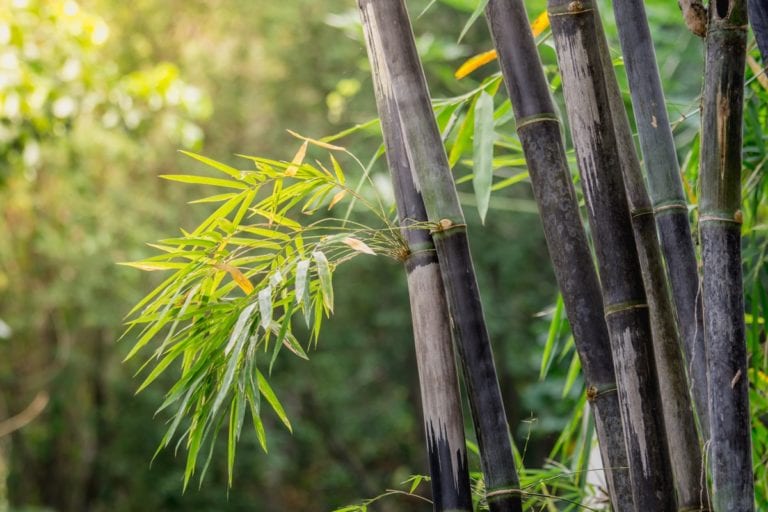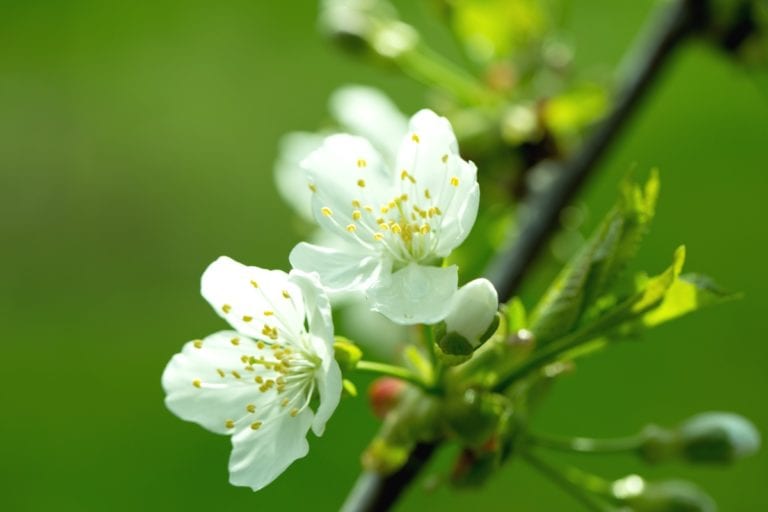March 2019 Audio Meditation
If you would like to see this meditation with images from nature, here’s the YouTube version…
Meditations, experiments, books and guided meditations to assist with nourishing spirituality, healing childhood wounds, and living more consciously.
Meditations, experiments, books and guided meditations to assist with nourishing spirituality, healing childhood wounds, and living more consciously.

This month, we continue the theme of how we are in relationship with everything around us. This meditation is an invitation to sense into the presence of the environment around you, noticing how your radiating presence contributes to this environment even as its presence, and all that comprises it, touches you.
Please remember never to listen to these audio meditations when driving or operating dangerous machinery…

Walking across Central Park on the morning I go to my office to water plants and pick up mail, I was struck—as I always am—by the return of the green. All over the park, many trees are putting out leaves, others are laden with beautiful flowers, bushes are filling out with their green garb. The main feeling of it all is an expression of the abundant presence of life, of the intelligence and vibrant expression of Nature’s intelligence and creativity.
As I took in the beauty all around me, I was reminded, powerfully, that this beautiful planet doesn’t need us, but we cannot survive without its gifts. We and all our earth kin are part of a complex ecology that many of us have studied for years and yet, collectively, many of our human kin somehow haven’t taken in or taken seriously this fact of our planetary life. With Covid-19 now a painful and challenging reality, and with the worldwide halt in our usual activities, we vividly see the impact we have had on our environment. Skies have cleared. Mountains hidden from view for decades now stand out clearly in the landscape. Waterways are clearing and wildlife is returning to areas previously avoided because of human activity. Even as we see how resilient and stunningly responsive the planet is when we stop polluting as we have been doing for so long now, I find myself wondering how many of us will remember this and commit to finding new ways to go forward.
Read More “785th Week: Cultivating A Sense of “Earth Kin””
Last month, I posted a practice called “Befriending Silence”— https://www.nancynapier.com/2018/02/04/702nd-week-befriending-silence/. I want to revisit that practice again this month because of how much stress and distress are in our collective awareness and experience.
I have a practice I have followed for many years, and it has to do with cultivating an awareness of the ever-present and infinite background of silence and stillness that is constantly present, without exception, in every moment. For example, take a moment now to notice that, right there, within and behind every thought, feeling, urge, and action is an ever-present and infinite background of stillness and silence. Read More “708th Week: Revisiting Silence and Stillness”

As I write this week’s practice, we’re about a month into “sheltering in place” here in New York City. For all of us, the whole world of human beings, this is a time of challenge beyond what many of us would have imagined possible. The fact that we are able to be connected around the globe is a previously unimagined gift of being able to move through this experience as a connected human family.
I had an experience this week that touched me deeply and I want to share it as the theme of this week’s practice that I’d like to invite you to explore. I got an email through my website and it was from someone who had noticed that I hadn’t posted a practice last week. She hoped that I was okay and wanted to make contact to be sure everything was all right with me.
As I read this unexpected email, my heart filled with gratitude and warmth that this person cared enough to be in touch and to check in with me. It got me to thinking about how powerful it is when we care about and for one another, what a balm it is to the heart, and how such an act can fill someone with a sense of connection, warmth, and gratitude.
Read More “783rd Week: The Gift of Caring”
Our theme this year continues to be focusing on various frequencies, qualities, tones of being that may be imagined as energy frequency, color, as a Spirit embodying and radiating the quality, or in any other way that brings it alive for you. This month, we focus on the living presence of gratitude and explore how it is to call this frequency into the foreground of your awareness, being, and actions, in yourself and in your relationship to the world around you.
If you would prefer to listen while seeing images of nature, here’s our YouTube version…